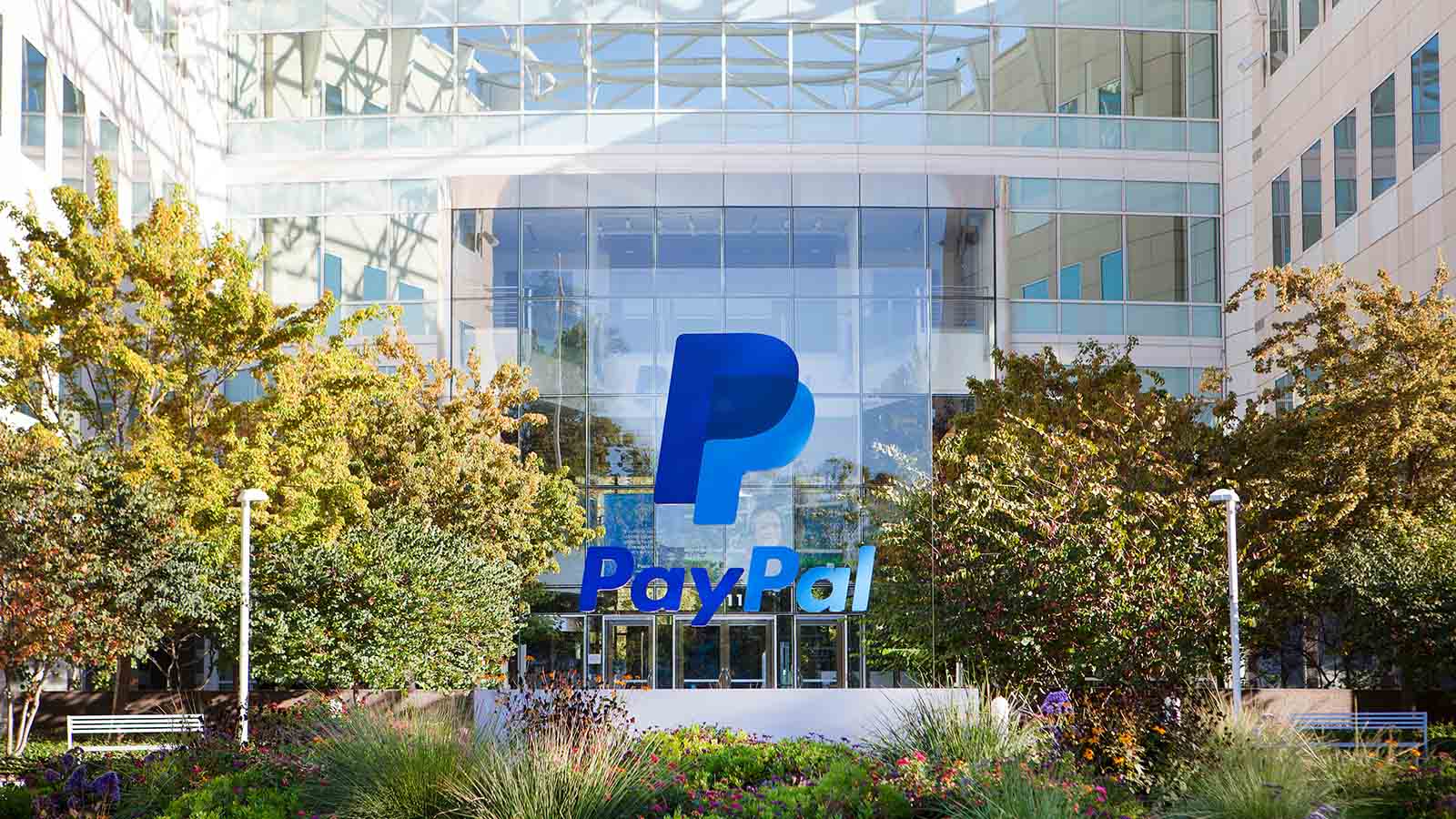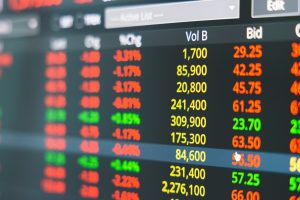
PayPal (NASDAQ:PYPL) stock is having a rough 2023, as competition in the digital payments industry intensifies. Where it used to have the field to itself against traditional credit card and debit card payments, consumers now have a cornucopia of digital and peer-to-peer payment options.
Wall Street seems conflicted. The moderately bullish sentiment analysts have seemed at odds with the consensus price target they’ve assigned the stock. The $117 per share price point implies shares will double over the next year. Let’s see if that lofty valuation makes any sense and whether investors should buy the stock.
No good deed goes unpunished
It’s not getting any easier for PayPal to make a profit. Although operating margins are improving, gross and net margins sit well-below the payments stock’s five-year average. Competition makes it more difficult.
Yet PayPal remains the most popular digital wallet. Right now, 69% of Americans who use such wallets compared to Apple Pay, Cash App, Venmo, Zelle, and Google Pay have used it. Its rivals are far behind with penetration rates between 30% and 35%. Morning Consult says the stock market may have soured on PayPal, but consumers still highly trust the platform, also by a wider margin than the competition.
Over the past year, PayPal processed $1.5 trillion in total payment volume. That’s a massive sum. TPV jumped 15% in the third quarter to $388 million.
While that’s a decrease in the rate of growth during the pandemic when TPV surged 38% in the third quarter, it represents a reversion to the mean. PayPal is simply returning to normalized rates even if the market is penalizing it for that.
Focusing on what matters
It’s not just slowing growth weighing on the stock, but declining numbers of active accounts too. PayPal ended the third quarter with 428 million active accounts, down from 435 million at the end of 2022. It’s lost accounts all year long, though PayPal’s growth has been slowing for years.
Having once been part of eBay, that company spun PayPal off into a standalone company and had exclusivity as the auction site’s preferred payment processor. However, that changed in 2018 when eBay chose Netherlands-based fintech Ayden as its preferred partner.
The move gave merchants on the platform greater control over their transactions and data than they had with PayPal. But it impacted PayPal’s growth trajectory.
Still, the payments platform is delivering more bang for the buck. Even though active accounts dropped, payment transactions per active account actually increased. A year ago there were 50.1 million transactions per account, today there are 56.6 million. Overall, it processed 5.6 billion transactions in Q3 2022 and almost 6.3 billion today.
PayPal is also going through an executive change in the C-suite. It has a new CEO who says the payments processor lost its focus under his predecessor. “Competition and complexity have increased and the company’s focus has not been clear,” Alex Chriss told analysts.
Chriss is committed to having PayPal innovate its way to growth. For example, the platform recently became the first major U.S. fintech stock to offer its own crypto token. PayPal USD is a dollar-pegged stablecoin, which it says is “the killer application for blockchains right now”
So is PayPal a buy?
While a doubling of its stock price may be some rose-colored glasses thinking, PayPal stock is cheap. It trades at just 10 times earnings estimates and a fraction of its earnings growth rate. Analysts expect the payments platform to grow profits at a compounded 18% annual rate over the next five years, or more than twice as fast as the previous five years.
PayPal also generates consistent amounts of free cash flow (FCF). Trailing FCF stands at $3.2 billion. Although down from the $5.1 billion it produced in 2022, that’s because of certain accounting changes that occurred. On an apples-to-apples basis, FCF rose in the third quarter and PayPal expects to end the year with $4.6 billion worth.
At this discounted price, I’d say PYPL stock is a fintech worth buying.
On the date of publication, Rich Duprey did not hold (either directly or indirectly) any positions in the securities mentioned in this article. The opinions expressed in this article are those of the writer, subject to the InvestorPlace.com Publishing Guidelines.





